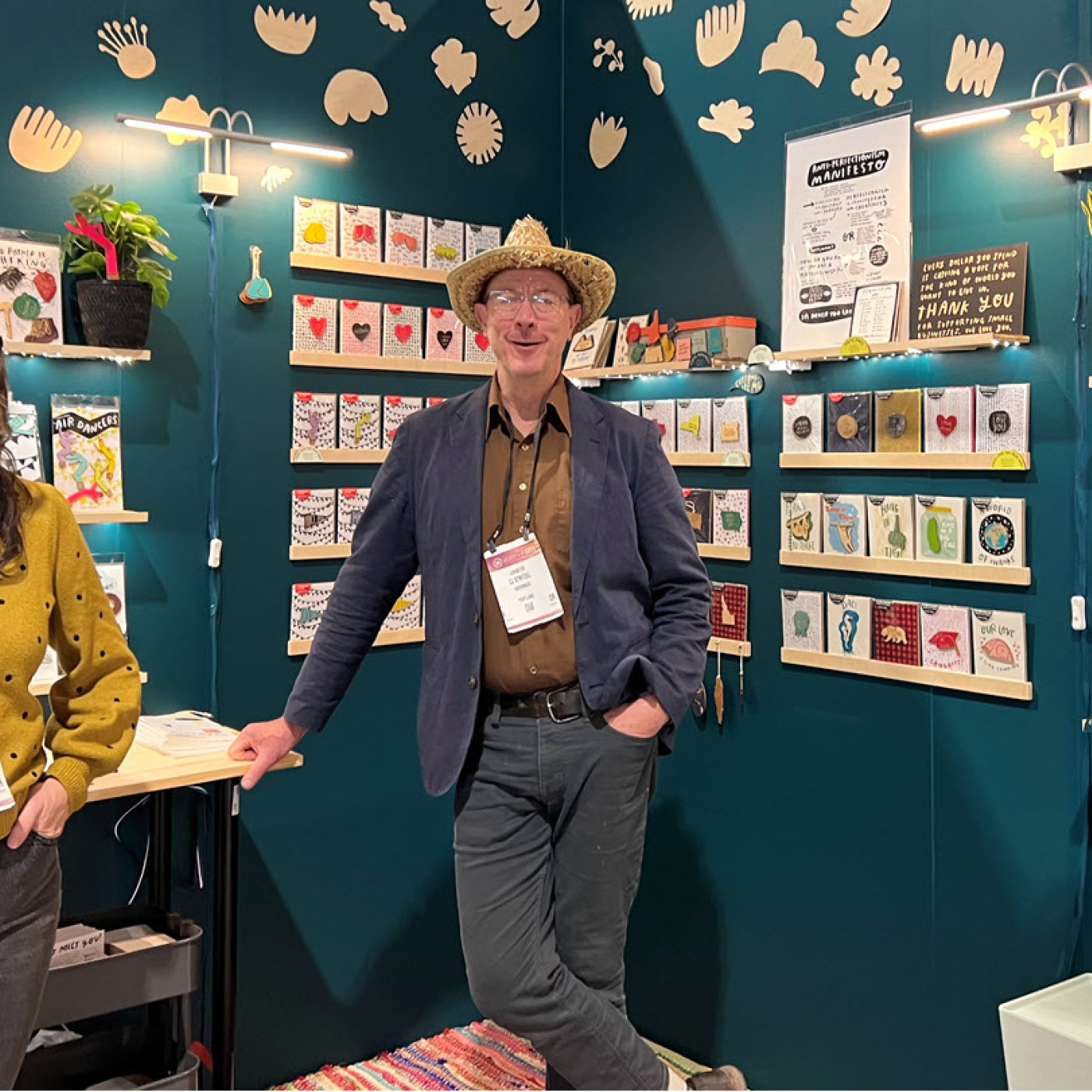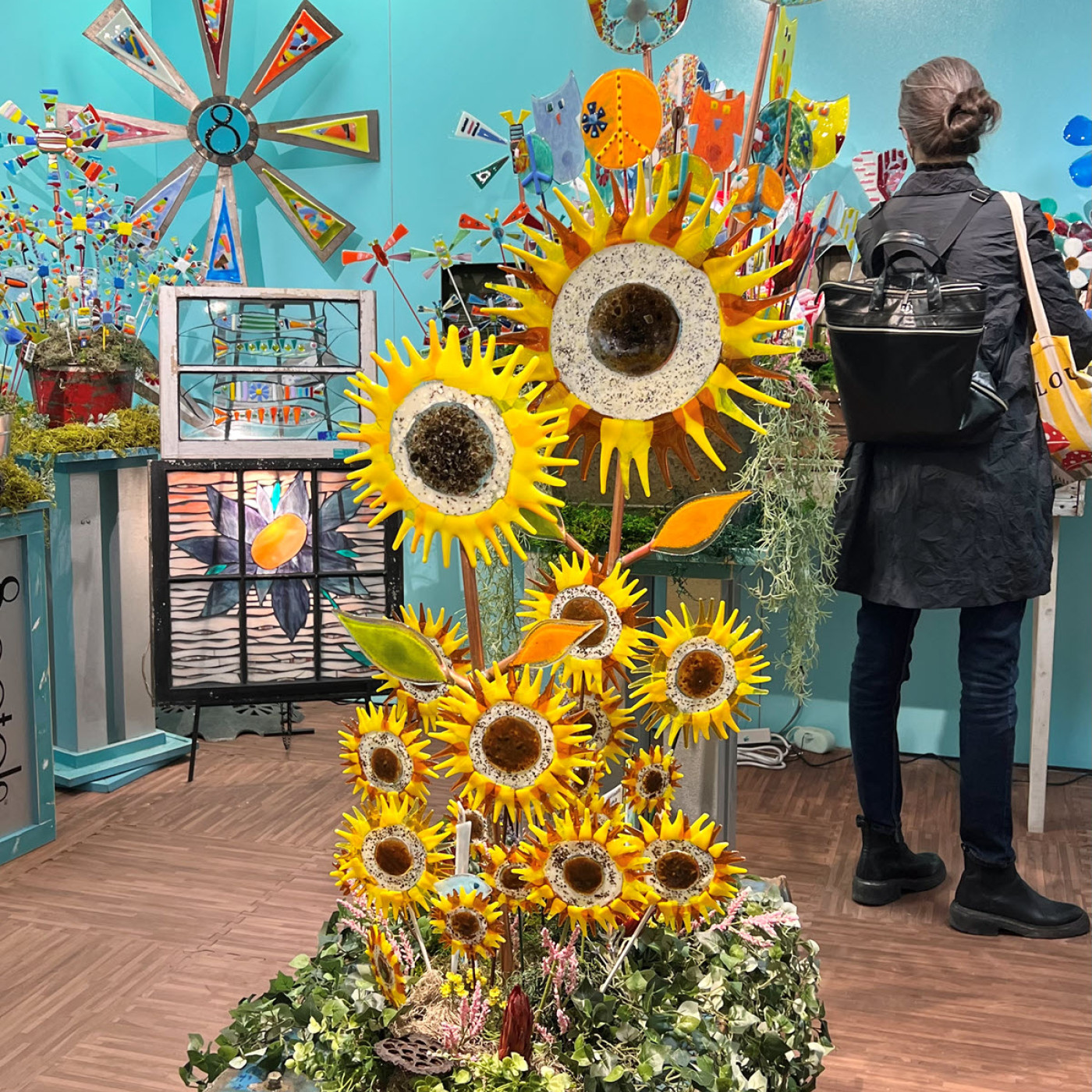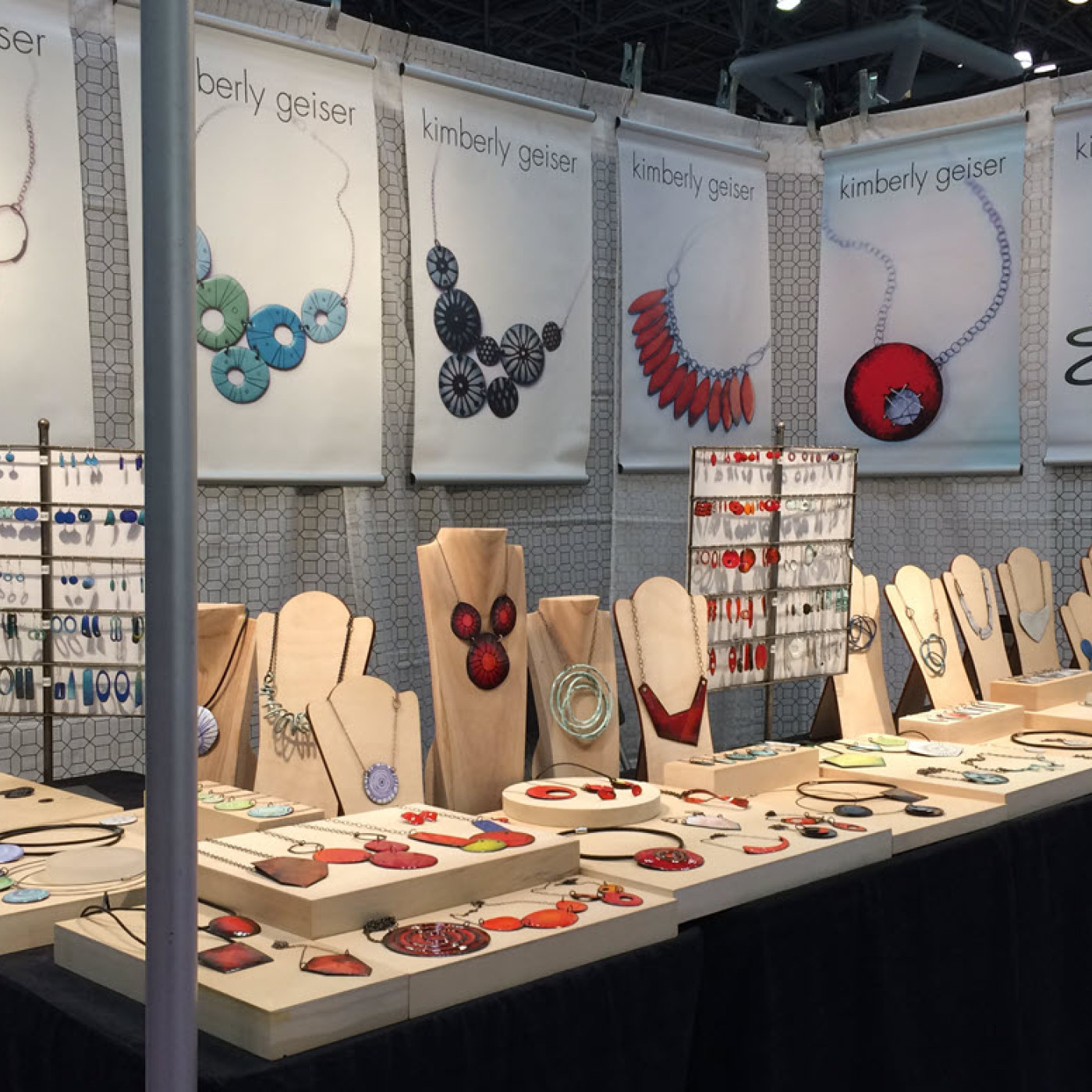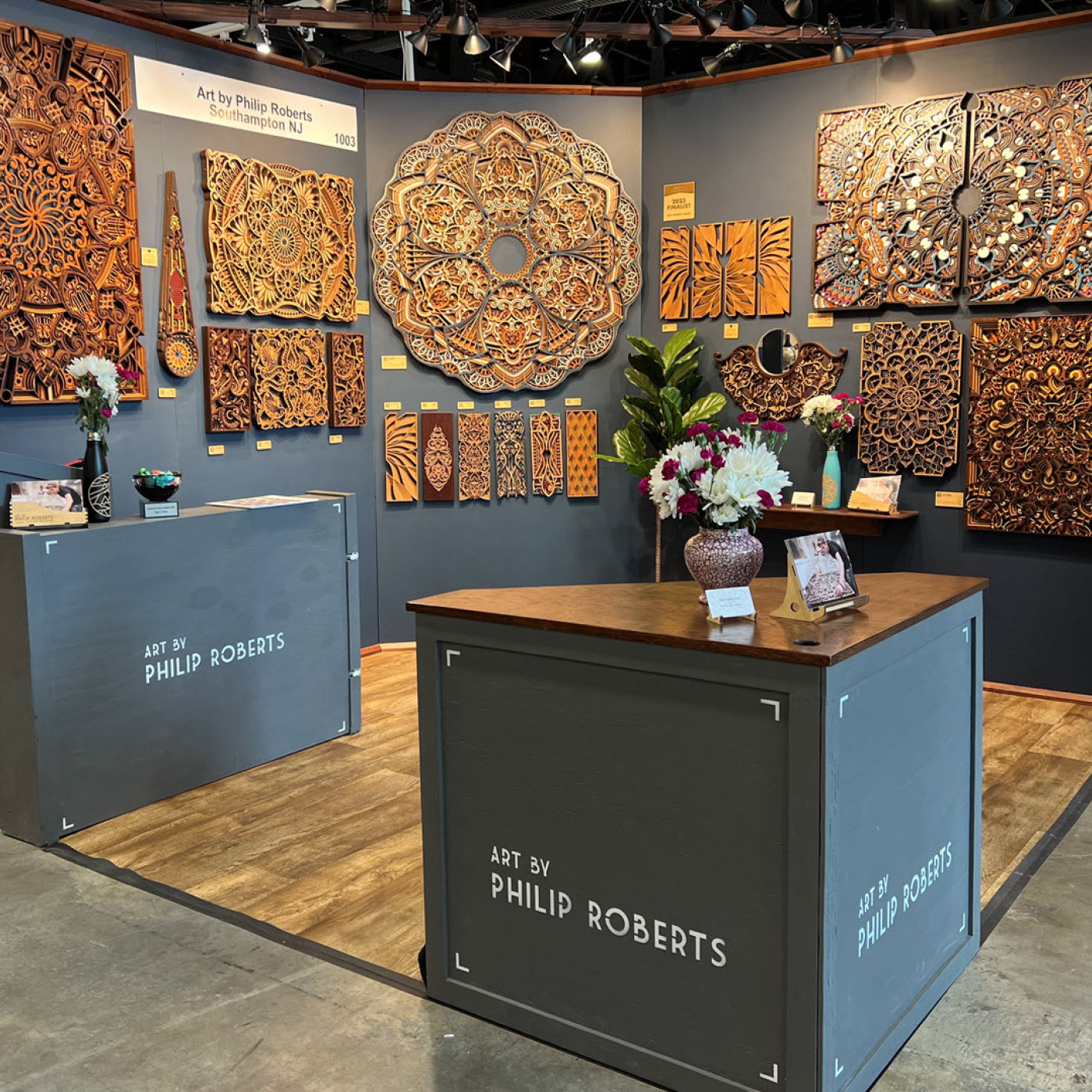Designing a Killer Tradeshow Booth Sponsored by ANDMORE

When you make the definite decision to exhibit at a trade show, your first project should be designing your booth.
Keep in mind that once you sign an exhibitor contract with a show, that space has become your store, and you are free to arrange it however you like — abiding by safety regulations, of course. Put plenty of thought into your design and be sure to have fun and enjoy the creative process that will bring your products to life.
But before you design anything, take the time to read the entire show contract. Have a good understanding of the booth amenities included in your package and what alternatives the show can provide at an extra cost.
Most basic are the walls of your space. Are they pipe and drape or hard walls? If they are fabric drapes, do you want to use the plain white ones provided by the show or upgrade to your own fabric? If they are hard walls, are you building them from foam core or panels, or is the show providing them? And are those walls plain white or painted? Already a lot of decisions to make!
When planning your booth, what should be your No. 1 goal? Easy answer, it is getting noticed! A trade show is a busy place, and buyers have a lot of ground to cover, so your booth must be eye-catching.
One of the easiest ways to achieve this is by using color. Nothing pops like a burst of sunshine yellow or bright aqua. If your product is bright and colorful, your background should be designed to show it off brilliantly. Experiment at home by placing your items in front of various backgrounds to see what you find most attractive.



Are you selling small products? Consider using your wall space to feature enormous glamour shots — large, compelling photos of your jewelry, for instance.
A lip balm company created ginormous tubes of their products, so every person walking by could tell what they were selling. You can also use signage to tell buyers you can make customized and personalized items just for their store.
Do not leave lighting off your list, as it is one of the most important elements in a successful booth. Even if the hall is well lit, your products deserve their own spotlight.
Look for easy and economical ways to spotlight your products and even consider a table or overhead light to add a luxurious touch to your display. And speaking of luxury, many exhibitors find a stunning bouquet of fresh flowers or a live plant adds an important aspect of liveliness to their booth.
Your booth also needs an office — a definite place where you can park your order forms, line sheets, calculator, stapler, and business cards. You don’t want these items spread all over the place, so corral them in a cabinet or shelf and leave the top surface open as a place where you can write. Many exhibitors also use drapes to divide off a small storage place for their coat and personal items.
Consider making most of your displays at counter height, that is about 36 inches from the floor. Even if you are selling Christmas tree ornaments, no one wants to bend over to the bottom of a tree to see what’s there.
Put wall shelving at about that height as well. Do not be afraid to repeat items in your booth. If you have hung a large item at above eye level, plan to have a duplicate at a lower level.
It is also important to clearly price every item in your booth. The buyer is looking at hundreds of items over multiple days, so she does not want you rattling off a long list of numbers.
If you can group similar items, then you can post one price for the entire group. Make your pricing clear and legible and be sure it is professional and understated at the same time. You want your product to be in the spotlight, not its price.
Decide early what mood you want to set in your booth. Are you fun, modern, nostalgic, outdoorsy, or in the very lap of luxury? Choosing a mood will help you make consistent choices about color, furnishings, décor, and even the small touches.
One small touch I recommend is a chair or two for your customers. Most of them have been on their feet all day. A comfortable seat is an appreciated luxury.
If you are sourcing new furniture and fixtures for your booth, keep both price and utility in mind. If possible, spend money on items you can use in multiple situations.
Do you plan to continue doing art fairs? Then look at pieces that will work for both types of shows, including furniture, table coverings, and signage.
Choose a color from your logo or your work and coordinate the display pieces to create a unified image that enhances your brand. A savvy artist who makes botanical jewelry uses several shades of green in her booth, and her displays are lovely wood. Her booth looks like a pretty outdoor garden even in a drab convention hall.
Keep in mind you will need to pack, unpack, and carry all your booth items multiple times, so it is best if they are on the light side. There are companies making collapsible cardboard pedestals with firm tops, and you can spray paint them in your favorite color.
Places like IKEA can furnish collapsible shelving, lightweight chairs, and fun flooring. Speaking of flooring, most exhibitors cover their floors with easy to install, cushy interlocking tiles or vinyl mats. Since you will be standing in your booth for days, this will provide both comfort and a cohesive look for your booth.
Once you have assembled all your materials, it is advisable to do a practice booth. Find a space in your garage and as close as possible, create your layout and place your products.
Do they all fit? Do they look great? Do you need to make any adjustments? When your plan is finalized, snap a photo, and put your plan on paper, so you can refer to it when setting up at the show.
About the Author
Diane Sulg is executive director of CRAFT and founder & co-chair of American Craft Week (ACW). She is a handmade advocate who provides valuable information in her one-day seminars at wholesale shows throughout the United States. She can be reached at dianesulg@gmail.com.
ANDMORE is an Omnichannel Wholesale Marketmaker that fuels opportunities for wholesale buyers and sellers to connect, grow, and prosper through physical markets — such as Atlanta Market and Las Vegas Market — and digital channels. www.ANDMORE.com
